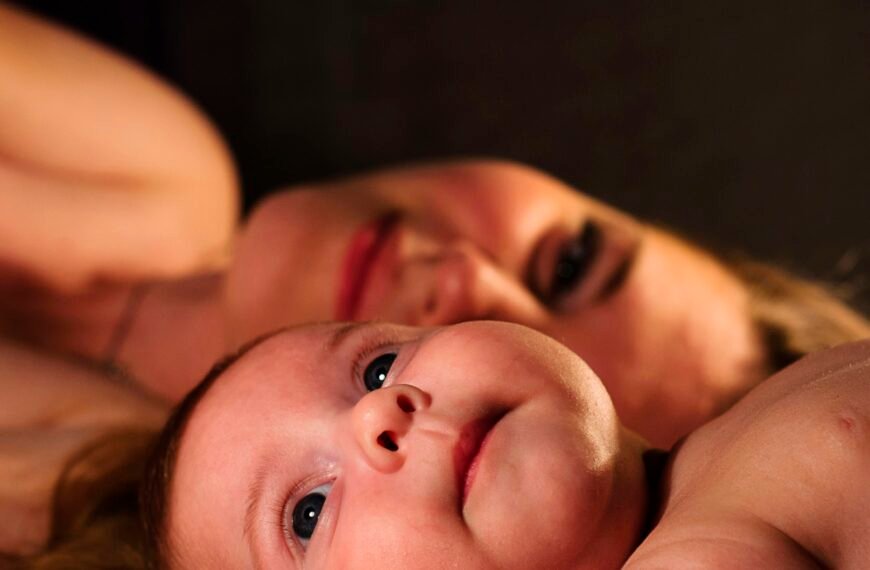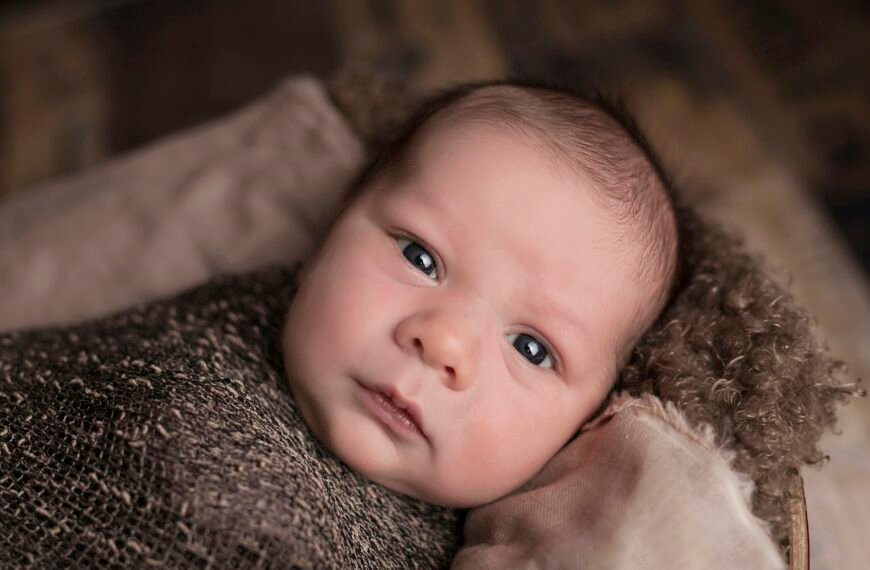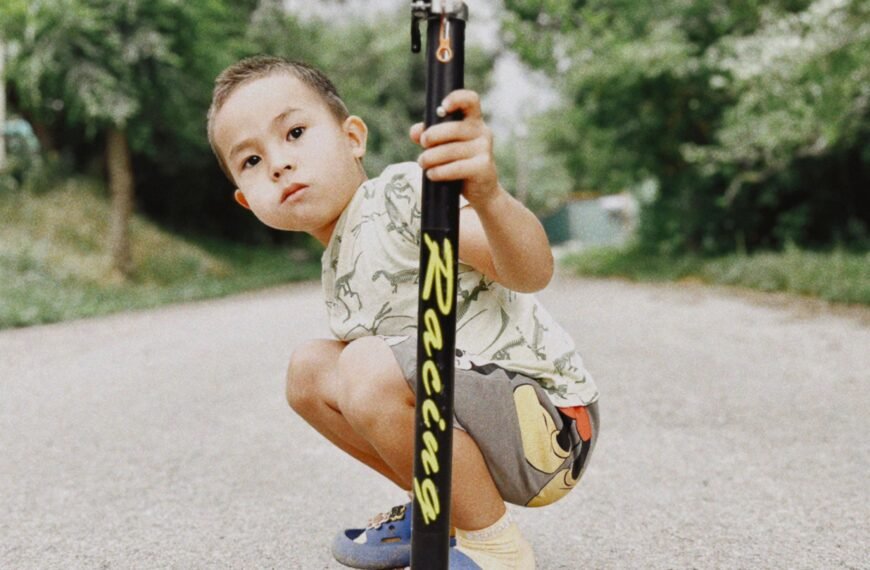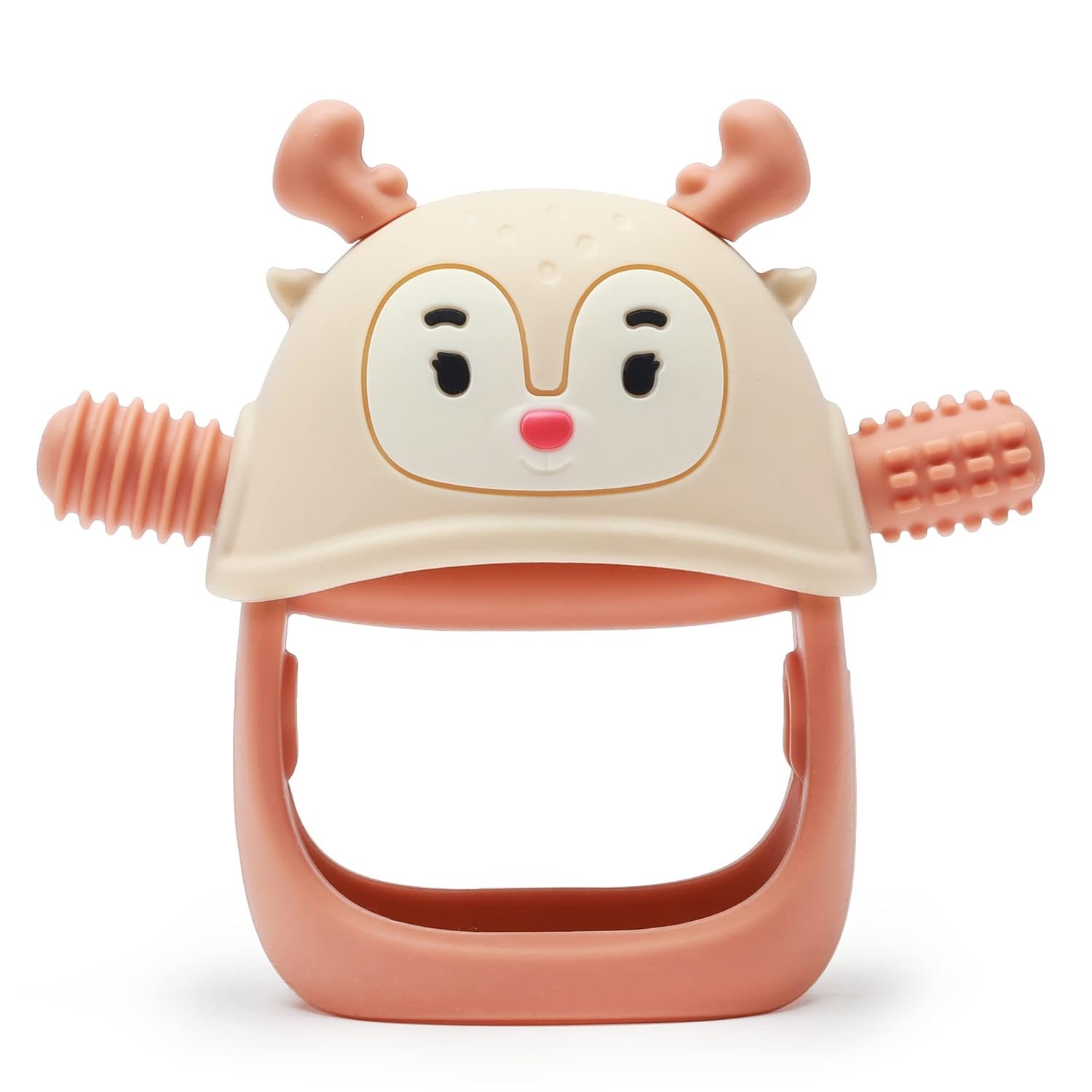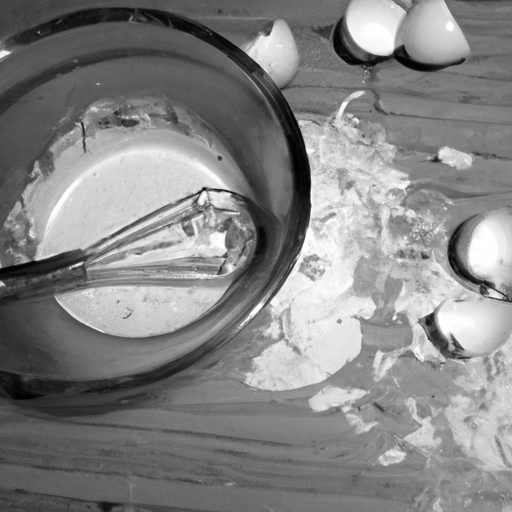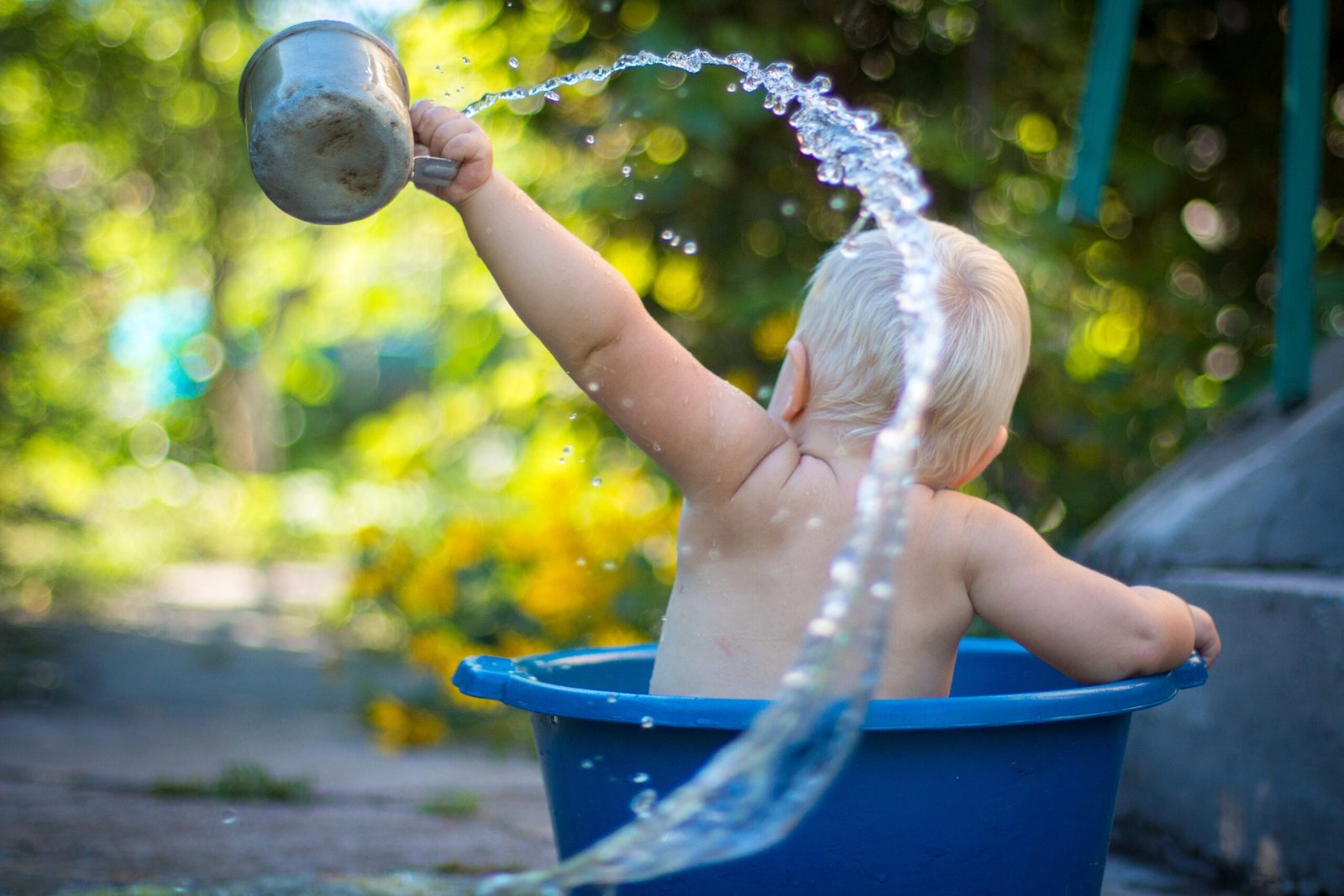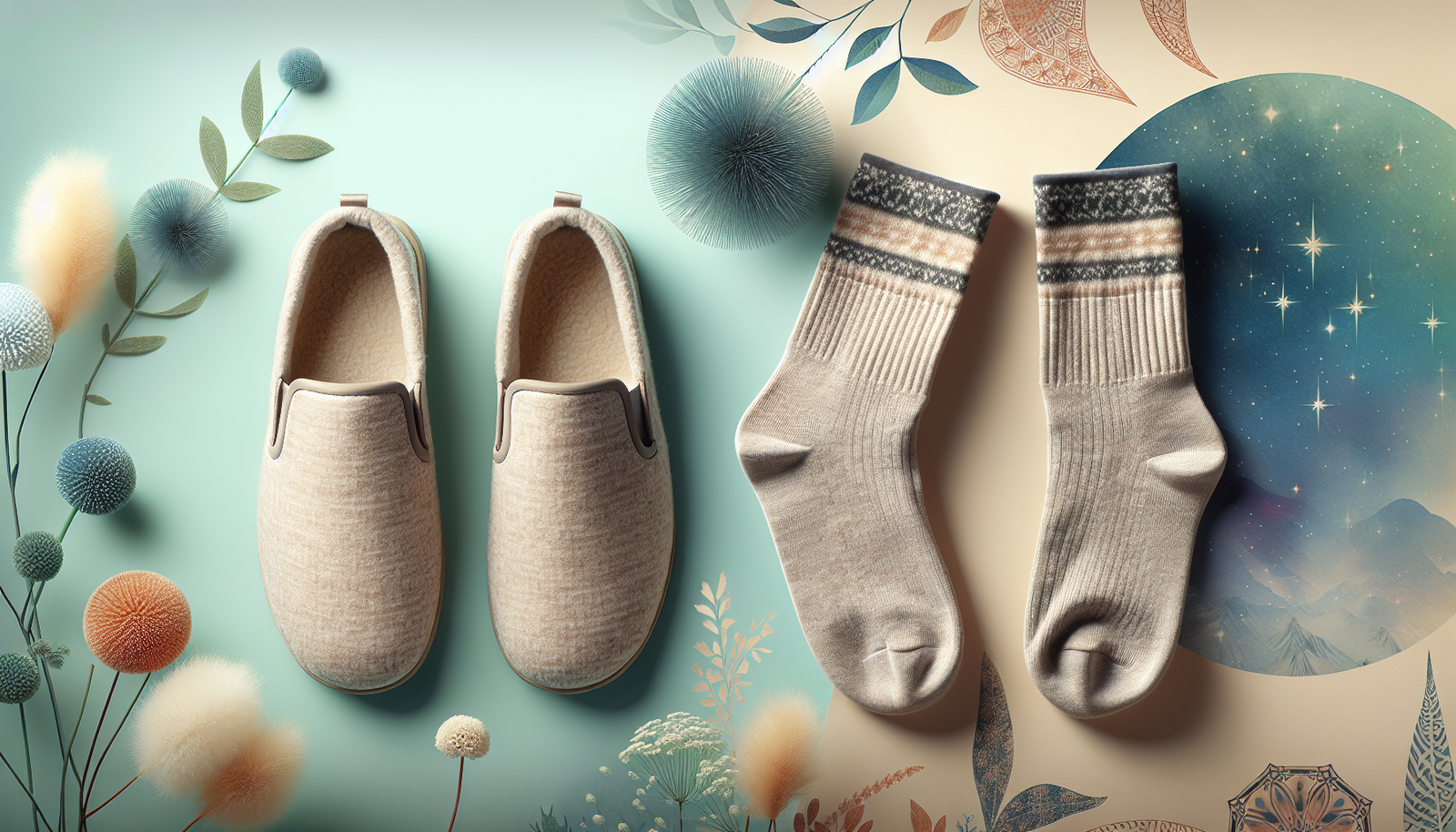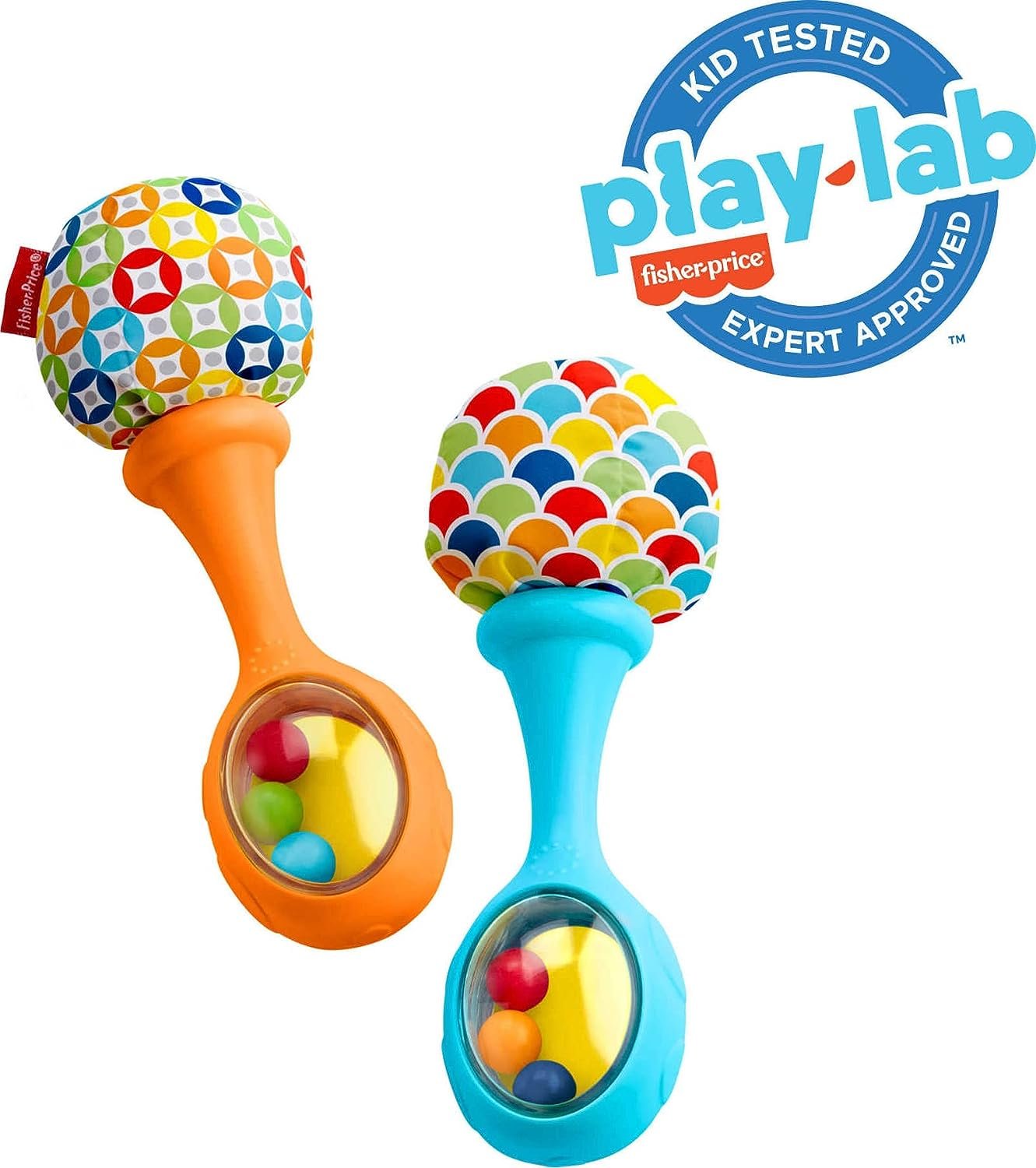Have you ever wondered about the price tag on all those baby toys that fill your home? It’s no surprise that babies can accumulate quite a collection, but have you ever stopped to think about how much it actually costs? From rattles and teething toys to plush animals and educational gadgets, the cost of keeping your little one entertained can quickly add up. In this article, we’ll take a closer look at just how much baby toys can cost for a year, helping you navigate the world of baby toys on a budget.
Check Baby Toys Guide & Review
Factors Affecting the Cost of Baby Toys
When it comes to purchasing baby toys, several factors come into play that can affect the cost. Understanding these factors can help you make informed decisions and ensure that you are getting the most value for your money.
Quality and Brand
One of the main factors that affect the cost of baby toys is the quality and brand. Generally, toys from well-known and reputable brands tend to be more expensive due to the higher quality craftsmanship and materials used. While it may be tempting to opt for cheaper alternatives, investing in toys from trusted brands can offer peace of mind and ensure that the toys are safe and durable.
Type of Toy
The type of toy also plays a significant role in determining its cost. Different types of toys cater to various developmental stages and purposes. Simple toys such as stacking rings or rattles may be more affordable compared to electronic or interactive toys that provide a wide range of features and functionalities. Consider the specific needs and interests of your baby when choosing the type of toy to meet your budget.
Age Range
Baby toys are typically categorized according to age ranges, from newborns to toddlers. The age range of the toy can influence its cost as toys designed for younger babies may require additional safety measures and specialized features. As your baby grows, you may need to invest in different toys to keep up with their developmental milestones, which can impact your overall toy budget.
Material
The materials used in making baby toys can also affect their cost. Toys made with high-quality, durable materials such as BPA-free plastics or natural wood may have a higher price tag. These materials are often chosen for their safety features and longevity. Keep in mind that investing in toys made from safe and durable materials can save you money in the long run, as they are less likely to break or need replacement.
Durability
The durability of baby toys is an essential factor to consider when determining their cost. Babies can be rough on their toys, so choosing toys that are designed to withstand their active play and exploration is crucial. Look for toys with strong construction and solid build quality. While more durable toys may come with a higher initial investment, they can last longer and provide a better overall value.
Average Cost of Baby Toys
To give you a better idea of the average cost of baby toys, here is a breakdown of different categories of toys and their expected price range:
Infant Toys
Infant toys, such as soft cuddly toys or mobiles, generally range from $10 to $30. These toys are designed to stimulate a baby’s senses and provide comfort.
Teething Toys
Teething toys that help soothe a baby’s sore gums can range from $5 to $20. These toys often come in various shapes and textures to promote healthy teething.
Sensory Toys
Sensory toys, such as activity mats or sensory balls, can range from $15 to $50. These toys focus on engaging a baby’s senses and promoting sensory exploration.
Activity Centers
Activity centers that provide a range of interactive features and play options can range from $50 to $150. These centers often come with multiple toys, sound effects, and music to entertain and educate babies.
Plush Toys
Plush toys, such as stuffed animals or dolls, can range from $10 to $50 or more, depending on the brand and size. These toys often serve as comfort items and companions for young children.
Keep in mind that these price ranges are just estimates and can vary depending on various factors such as brand, quality, and any additional features offered by the toys.

Monthly Budget for Baby Toys
Setting a budget for baby toys is essential to ensure that you allocate your resources wisely. Here are some steps to help you establish a monthly budget for baby toys:
Setting a Budget
Start by evaluating your overall finances and determine how much you can comfortably allocate to baby toys each month. Consider your income, expenses, and any other financial obligations.
Researching Prices
Once you have set a budget, research the prices of different baby toys within your budget range. Compare prices from various retailers and online platforms to find the best deals and discounts.
Prioritizing Essential Toys
Prioritize essential toys that align with your baby’s developmental needs and interests. It is important to remember that not all toys are necessary for your baby’s growth and development. Focus on toys that provide educational value and stimulate various aspects of their development.
Considering Discounts and Sales
Keep an eye out for discounts and sales to make the most of your budget. Many retailers offer regular promotions, seasonal sales, and discount codes that can help you save money on baby toys.
Buying Second-hand Toys
Consider buying second-hand toys to stretch your budget further. However, make sure to carefully inspect the toys for any potential safety hazards and ensure that they are in good condition before purchasing.
Tips to Save Money on Baby Toys
Saving money on baby toys doesn’t mean compromising on the quality or variety of toys for your little one. Here are some tips to help you save money while still providing your baby with engaging and stimulating toys:
Toy Libraries and Exchange Programs
Check if your local community or library offers toy libraries or toy exchange programs. These programs allow you to borrow toys for a certain period and then return them, saving you money on purchasing new toys.
Offer Swaps with Other Parents
Connect with other parents in your community or online parenting groups to arrange toy swaps. This way, your baby can enjoy a variety of toys without the need to buy them all.
DIY and Homemade Toys
Get creative and make your own baby toys using everyday household items. DIY and homemade toys not only save money but also offer a personal touch and unique play experiences for your baby.
Wait for Seasonal Sales
Many retailers offer seasonal sales and promotions, especially during major holidays. Wait for these sales to purchase baby toys at discounted prices.
Subscribe to Newsletters or Follow Brands on Social Media for Promotions
Subscribe to newsletters or follow baby toy brands on social media platforms to stay updated about the latest promotions, discounts, and exclusive offers. This can help you score great deals on baby toys.

Toy Subscription Services
Toy subscription services have become increasingly popular among parents who want to provide their babies with a variety of toys without breaking the bank. Here is an overview of toy subscription services and how they compare with traditional toy buying:
Overview of Toy Subscription Services
Toy subscription services work on a subscription model, where you pay a monthly fee to receive a curated selection of toys for your baby. These services allow you to have a rotation of toys, reducing clutter and providing new and exciting play experiences for your little one.
Cost Comparison with Traditional Toy Buying
While toy subscription services require a monthly fee, they can often be more cost-effective compared to purchasing individual toys. By subscribing, you can access a range of high-quality toys without the need for additional purchases.
Benefits of Toy Subscription Services
Toy subscription services offer several benefits, such as convenience, variety, and the opportunity to try out different toys before buying them. They can also offer age-appropriate toys that cater to your baby’s developmental needs.
Factors to Consider before Subscribing
Before subscribing to a toy service, consider factors such as the cost, the number of toys provided, the quality of the toys, and the cancellation or return policies. Carefully evaluate these factors to ensure that the subscription service meets your specific requirements.
Longevity and Versatility of Baby Toys
Investing in baby toys that offer longevity and versatility is a smart way to make the most of your budget. Here are some factors to consider when selecting toys that can grow with your child:
Investing in Toys with Longevity
Look for toys that are designed to be used for an extended period as your baby grows. Adjustable or expandable toys that can be modified to accommodate different developmental stages are a great investment.
Toys that Grow with the Child
Choose toys that offer a range of developmental activities and can adapt to different skill levels as your child progresses. These toys ensure that your child remains engaged and challenged as they continue to develop.
Multi-functional Toys
Opt for toys that serve multiple purposes and provide various play options. Multi-functional toys can be used in different ways and are more likely to remain interesting and engaging for an extended period.
Convertible or Adjustable Toys
Toys that can be converted or adjusted to accommodate different play styles or age ranges are ideal for maximizing longevity. These toys can adapt to your child’s changing interests and abilities as they develop.
Investment in Quality Materials
Choose toys made from high-quality materials that can withstand rough play and repetitive use. Investing in durable toys made from non-toxic materials ensures that they last longer and remain safe for your child.

Safety Considerations for Baby Toys
When selecting baby toys, safety should always be a top priority. Here are some essential safety considerations to keep in mind:
Check for Age Appropriateness
Ensure that the toy is suitable for your baby’s age and developmental stage. Age recommendations are typically provided by the manufacturer and are based on the toy’s design and features.
Inspect for Choking Hazards
Inspect the toy carefully for any small or detachable parts that could pose a choking hazard. Babies tend to put things in their mouths, so it is crucial to choose toys that do not have small parts that can be swallowed.
Avoid Toys with Small Detachable Parts
Avoid toys that have small or detachable parts that can break off easily. These parts can be hazardous if swallowed or inhaled by your baby.
Ensure Non-toxic Materials
Check that the toy is made from non-toxic materials, especially if your baby has a tendency to put toys in their mouths. Non-toxic toys minimize the risk of exposure to harmful chemicals.
Follow Safety Guidelines and Standards
Choose toys that meet safety guidelines and standards. Look for certifications such as the ASTM International (formerly known as the American Society for Testing and Materials) seal or the Consumer Product Safety Commission (CPSC) certification to ensure that the toy meets the necessary safety requirements.
Popular and Affordable Baby Toys
There are several popular and affordable baby toys available that offer engaging and educational experiences for your little one. Here are some examples:
Stacking Rings
Stacking rings help develop fine motor skills and hand-eye coordination. They are generally affordable and come in various colors, sizes, and materials.
Activity Gyms
Activity gyms provide a variety of sensory experiences, such as hanging toys, mirrors, and textured mats. They are reasonably priced and offer a range of play options.
Musical Toys
Musical toys introduce babies to different sounds and rhythms, stimulating their auditory senses. They are available at various price points and can provide hours of entertainment.
Rattles and Teethers
Rattles and teethers are essential toys for young babies. They offer tactile stimulation and help soothe teething discomfort. These toys come in a wide range of prices, making them accessible to all budgets.
Soft Books
Soft books are perfect for introducing babies to the world of reading. They are often made from fabric or soft materials that are safe for babies and can be found at affordable prices.
Remember to consider your baby’s individual preferences and developmental needs when selecting toys from these popular and affordable options.
Long-term Benefits of Baby Toys
Baby toys play a vital role in supporting your child’s overall development. Here are some long-term benefits of providing your baby with a variety of toys:
Cognitive Development
Toys that encourage problem-solving, logical thinking, and imagination can contribute to your baby’s cognitive development. They help them learn about cause and effect, spatial awareness, and enhance their problem-solving skills.
Motor Skills Development
Playing with toys that require grasping, reaching, and manipulating objects helps develop your baby’s fine and gross motor skills. These skills become essential as they grow and start exploring their environment.
Language and Communication Skills
Toys that promote language and communication skills, such as interactive books or talking toys, can help your baby develop their vocabulary and expressive abilities. They learn to associate words or sounds with objects and actions, laying the foundation for language development.
Emotional and Social Development
Toys that encourage pretend play and social interaction, such as dolls or play kitchens, promote emotional and social development. Your baby learns essential skills such as empathy, sharing, and cooperation through these play experiences.
Sensory Stimulation
Toys that engage multiple senses, such as textured toys or musical instruments, provide valuable sensory stimulation. This stimulation helps your baby make sense of the world around them and develop their sensory processing abilities.
By providing a variety of toys that cater to these different areas of development, you are nurturing your baby’s overall growth and ensuring a solid foundation for their future learning and success.
Conclusion
The cost of baby toys can vary depending on factors such as quality, type, age range, material, and durability. Setting a monthly budget for baby toys, researching prices, and considering cost-saving options such as toy libraries or second-hand toys can help you manage your expenses effectively. Prioritizing toys that offer longevity, adhering to safety guidelines, and focusing on toys that support your baby’s development are essential considerations. By making informed choices and providing a range of engaging and educational toys, you are investing in your baby’s growth and ensuring their overall well-being.




